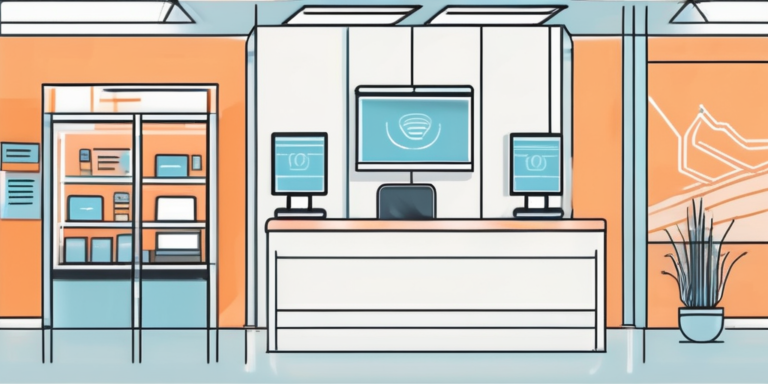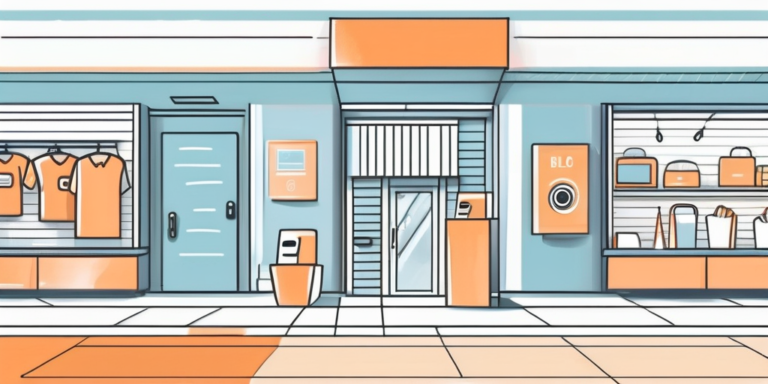In today’s world, security is paramount. Whether you’re a homeowner, business owner, or property manager, investing in a reliable security camera system is crucial to ensure the safety and well-being of your premises. However, installing security cameras can be overwhelming if you’re not familiar with the process. That’s why we’ve put together this step-by-step guide to help you navigate through the intricacies of security camera installation and ensure optimal performance.
Choosing the Ideal Security Camera System for Your Needs
Before diving into the installation process, it’s essential to choose the right security camera system for your specific requirements. With a wide range of options available in the market, it can be challenging to determine which system will best fit your needs. Here are a few factors to consider:
Firstly, let’s talk about the location. Assess the areas where you plan to install cameras and identify whether you need indoor or outdoor cameras. Outdoor cameras need to be weatherproof and capable of withstanding harsh conditions. If you live in an area with extreme weather conditions, such as heavy rain or snow, it’s crucial to choose cameras that are specifically designed to handle these elements. Additionally, consider the placement of the cameras to ensure they cover all the vulnerable areas of your property.
Next, let’s discuss resolution. Determine the resolution you require based on the level of detail you need from the footage. Higher-resolution cameras produce clearer images but may come at a higher price. If you need to capture fine details, such as facial features or license plate numbers, opting for a higher resolution camera would be beneficial. On the other hand, if you only need general surveillance and don’t require intricate details, a lower resolution camera may suffice.
Field of view is another important factor to consider. Think about the areas you want to monitor and the angles you need to cover. Consider the field of view required for each camera. Wide-angle lenses are perfect for covering larger areas, such as parking lots or backyard spaces. They allow you to monitor a broader range without the need for multiple cameras. On the other hand, narrow-angle lenses are more suitable for zooming in on specific spots, such as entrances or doorways, allowing for more detailed monitoring.
Connectivity is also a crucial aspect to think about. Decide whether you want a wired or wireless camera system. Wired systems generally offer more reliable connections, ensuring uninterrupted footage. They are also less susceptible to interference from other devices. However, the installation process for wired systems can be more complex and time-consuming. On the other hand, wireless systems provide easier installation and more flexibility in camera placement. They rely on your Wi-Fi network to transmit the footage, so ensure you have a stable and secure network for optimal performance.
By carefully considering these factors and conducting proper research, you can select a security camera system that caters to all your needs. Remember, investing in a high-quality security camera system is crucial for the safety and protection of your property and loved ones.
Preparing Your IT Infrastructure for Security Camera Integration
Once you have chosen the ideal security camera system, the next step is to prepare your IT infrastructure to ensure a smooth integration process. Here are a few essential steps:
- Assess Your Network: Determine whether your current network infrastructure can handle the additional bandwidth required for security camera streaming. This involves evaluating the capacity of your network switches, routers, and cabling. If needed, consider upgrading your router or opting for a separate network dedicated to the security cameras. Upgrading your network infrastructure will ensure that your cameras can transmit high-quality video without any lag or buffering issues.
- Power Requirements: Understand the power requirements of your cameras. If you’re installing wired cameras, ensure that you have sufficient power outlets nearby. It is also important to consider the power consumption of each camera and whether your electrical system can handle the load. In the case of wireless cameras, plan for battery replacement or recharging as needed. This may involve setting up a schedule for battery maintenance or investing in solar-powered cameras to reduce reliance on traditional power sources.
- Data Storage: Develop a data storage plan to securely retain camera footage for future reference. Consider whether you need onsite storage, cloud storage, or a combination of both. Onsite storage options include Network Video Recorders (NVRs) or Digital Video Recorders (DVRs) that can store footage locally. Cloud storage solutions offer the advantage of remote access to your footage and the ability to scale storage capacity as needed. It is important to choose a storage solution that meets your retention requirements and complies with any legal or regulatory obligations.
- Network Security: Implement robust security measures to protect your camera system from unauthorized access. This includes securing your network with strong passwords, enabling encryption for camera streams, and investing in firewall protection. Regularly updating passwords and firmware for your cameras and network devices will help prevent potential vulnerabilities. Additionally, consider implementing network segmentation to isolate your camera system from other parts of your network, reducing the risk of unauthorized access.
By thoroughly preparing your IT infrastructure, you can avoid compatibility issues and ensure the seamless integration of your security camera system. Taking the time to assess your network, understand power requirements, plan for data storage, and implement network security measures will contribute to a reliable and secure surveillance system.
Ensuring Optimal Conditions for Reliable Security Camera Performance
Now that you have your security camera system ready, it’s crucial to provide optimal conditions for it to operate reliably. Consider the following factors:
- Lighting: Ensure that the areas under surveillance have adequate lighting during the day and night. Adjust the camera settings or invest in cameras with low light capabilities if necessary.
- Positioning: Properly position your cameras to cover the desired areas effectively. Avoid obstructions that may impair the camera’s field of view, such as trees or objects close to the lens.
- Maintenance: Regularly clean the camera lenses to maintain clear image quality. Inspect cables and connections for any signs of wear or damage, addressing issues promptly.
- Weather Protection: If installing outdoor cameras, select models with weatherproof ratings and ensure they are installed in areas protected from extreme weather conditions.
By adhering to these guidelines, you can maximize the performance of your security camera system and obtain reliable footage when you need it the most.
Navigating Security Camera Design and Installation: Services and Providers
If you’re not confident in your ability to install security cameras yourself, consider hiring professionals who specialize in security camera design and installation. These experts possess the knowledge and experience necessary to set up a system tailored to your needs. When choosing a provider, keep the following in mind:
- Experience: Look for providers with a proven track record in the industry. Check customer reviews and request references to assess their expertise and reliability.
- Customization: Ensure that the provider offers tailored solutions to accommodate your specific requirements. A one-size-fits-all approach may not address your unique security needs.
- Technical Support: Opt for a provider that offers ongoing technical support to resolve any issues that may arise after installation. Prompt assistance can save you time and frustration.
- Warranty and Maintenance: Inquire about warranty coverage and maintenance plans offered by the provider. A comprehensive warranty and regular maintenance can offer peace of mind.
Taking the time to find a reputable security camera installation service can save you both time and money in the long run. Don’t hesitate to ask questions and seek recommendations to make an informed decision.
Understanding Provider Offers and Costs of Security Camera Installation
Finally, before committing to a security camera installation, it’s important to understand the offers and costs associated with the service. Consider the following:
- Installation Fees: Inquire about the cost of installation, including any potential additional charges for complex setups or customized solutions.
- Equipment Prices: Understand the prices of the security cameras themselves and whether they include all necessary accessories such as cables, mounting brackets, and power supplies.
- Service Contracts: Determine if the provider offers service contracts for ongoing support, maintenance, and upgrades. Assess the terms and cost of these contracts based on your projected needs.
- Training: Find out if the provider offers training on how to use and manage the security camera system effectively. Proper training can help you maximize the system’s potential.
By closely examining the offers and costs associated with different providers, you can make an informed decision that aligns with your budget and requirements.
Conclusion
Installing a security camera system is a significant step towards ensuring the safety and security of your property. By carefully selecting the right system, preparing your IT infrastructure, providing optimal conditions, considering professional services, and understanding the associated costs, you can achieve optimal performance from your security camera installation.
Remember to periodically assess and, if necessary, upgrade your system to keep up with evolving technology and ever-changing security needs. With a well-planned and properly installed security camera system, you can enjoy peace of mind knowing that you have taken proactive measures to protect what matters most.






